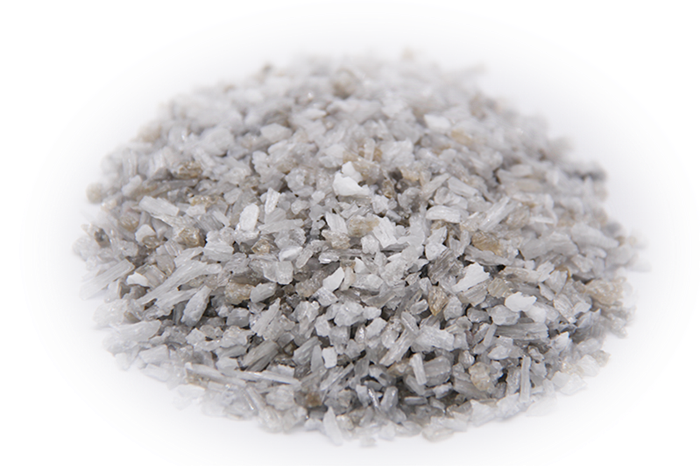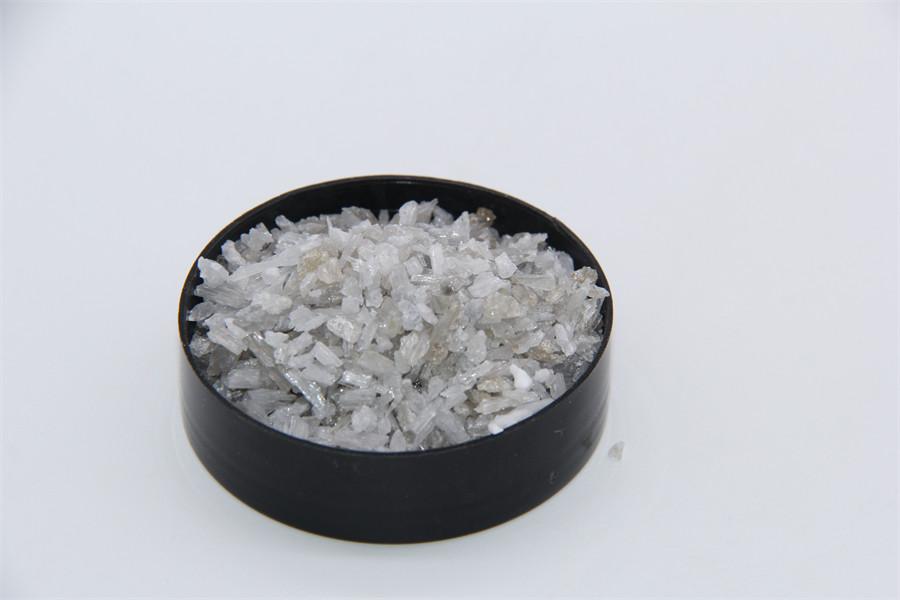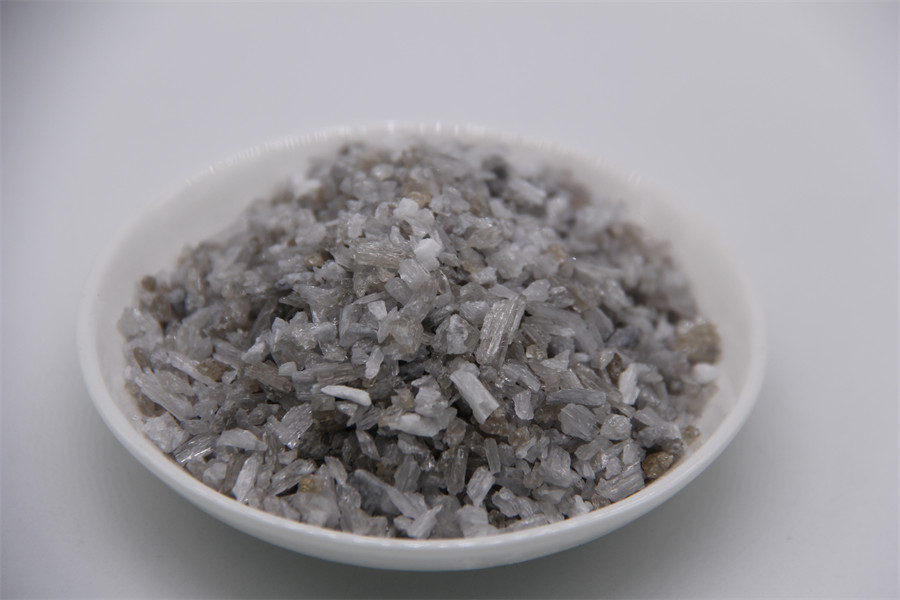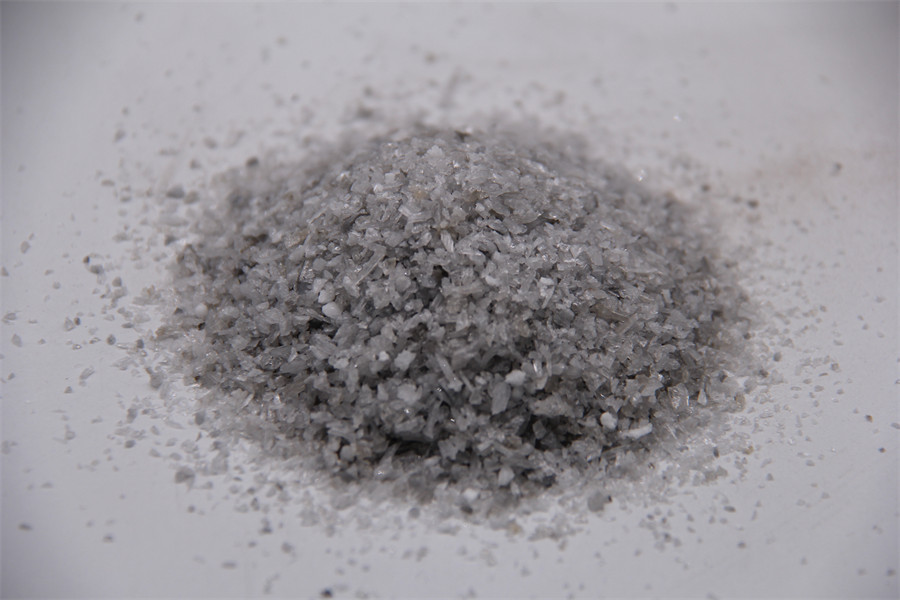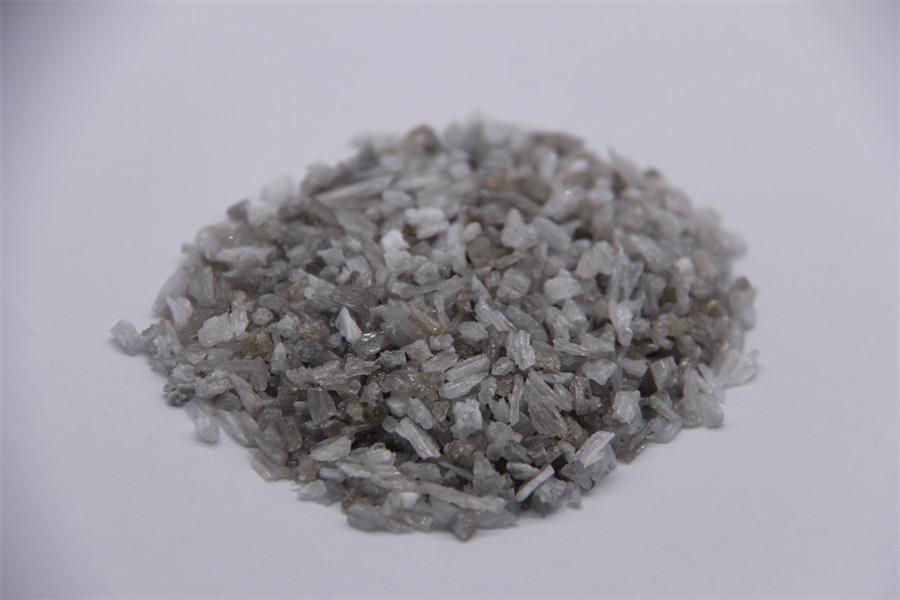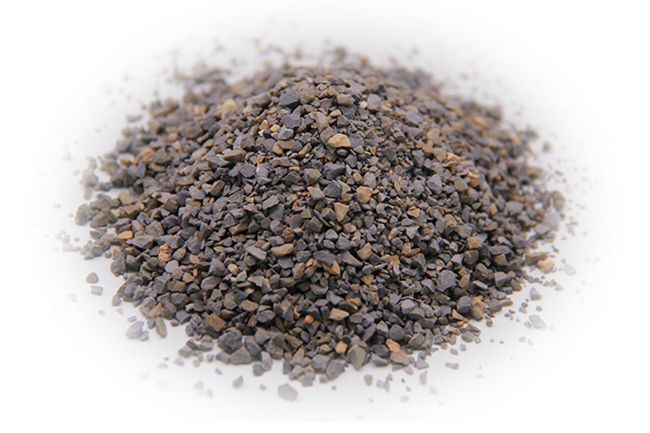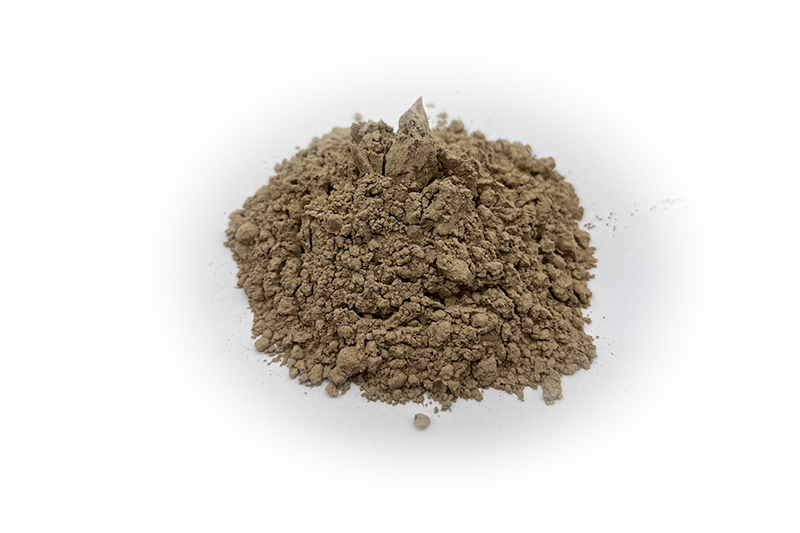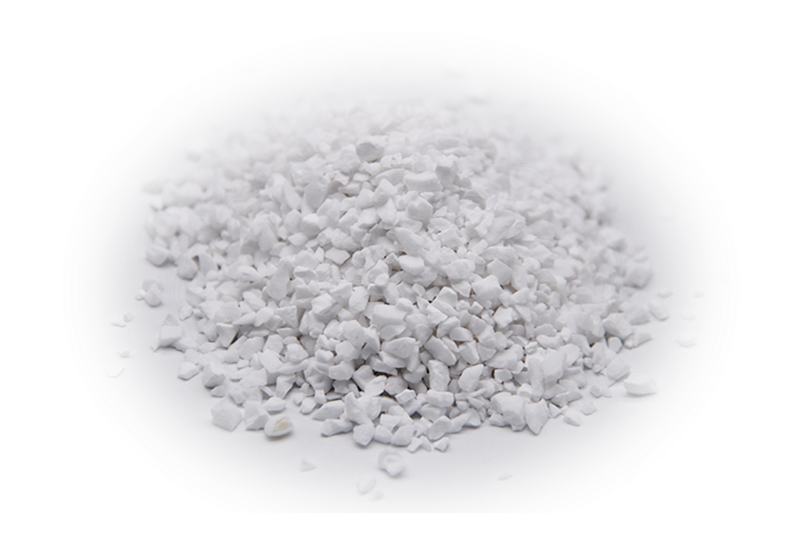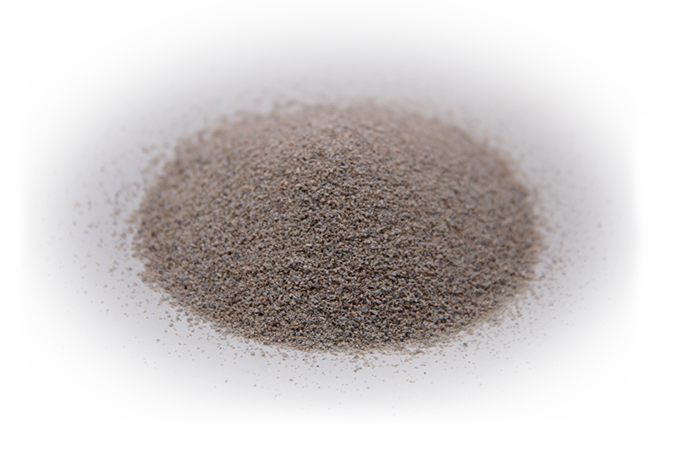Needle-Like Mullite Crystals Which Confer High Melting Point ,Low Reversible Thermal Expansion And Excellent Resistance To Thermal Shock For Fused Mullite
- Corundum mullite
- High-purity fused mullite
- Electro-fused mullite
Short Description
Fused Mullite 75
|
Items |
Unit |
Index | Typical | |
| Chemical composition | Al2O3 | % | 73.00-77.00 |
73.90 |
| SiO2 | % | 22.00-29.00 |
24.06 |
|
| Fe2O3 | % | 0.4 max(Fines 0.5%max) |
0.19 |
|
| K2O+Na2O | % | 0.40max |
0.16 |
|
| CaO+MgO | % | 0.1%max |
0.05 |
|
| Refractoriness | ℃ |
1850min |
||
| Bulk density | g/cm3 | 2.90min |
3.1 |
|
| Glass phase content | % |
10max |
||
| 3Al2O3.2SiO2 Phase | % |
90min |
||
F-Fused; M-Mullite
Fused Mullite 70
|
Items |
Unit |
Index | Typical | |
| Chemical composition | Al2O3 | % | 69.00-73.00 |
70.33 |
| SiO2 | % | 26.00-32.00 |
27.45 |
|
| Fe2O3 | % | 0.6 max(Fines 0.7%max) |
0.23 |
|
| K2O+Na2O | % | 0.50max |
0.28 |
|
| CaO+MgO | % | 0.2%max |
0.09 |
|
| Refractoriness | ℃ |
1850min |
||
| Bulk density | g/cm3 | 2.90min |
3.08 |
|
| Glass phase content | % |
15max |
||
| 3Al2O3.2SiO2 Phase | % |
85min |
||
Process Of Production
Fused Mullite is produced by Bayer process alumina and high purity quartz sand while fusing in super-large electric arc furnace.
It has a high content of needle-like mullite crystals which confer high melting point ,low reversible thermal expansion and excellent resistance to thermal shock ,deformation under load, and chemical corrosion at high temperature.
Application
It is widely used as raw materials for high grade refractories, such as the lining bricks in glass kiln furnace and bricks used in hot wind furnace in steel industry.
It's also used in Ceramic kiln and petrochemical industry and many other applications.
Fused Mullite fines are used in Foundry coatings for its thermal shock resistance and non-wettability properties
Features
• High thermal stability
• Low reversible thermal expansion
• Resistance to slag attack at high temperatures
• Stable chemical composition
Mullite, any of a type of rare mineral consisting of aluminum silicate (3Al2O3·2SiO2). It is formed upon firing aluminosilicate raw materials and is the most important constituent of ceramic whiteware, porcelains, and high-temperature insulating and refractory materials. Compositions, such as mullite, having an alumina-silica ratio of at least 3:2 will not melt below 1,810° C (3,290° F), whereas those with a lower ratio partially melt at temperatures as low as 1,545° C (2,813° F).
Natural mullite was discovered as white, elongated crystals on the Island of Mull, Inner Hebrides, Scot. It has been recognized only in fused argillaceous (clayey) enclosures in intrusive igneous rocks, a circumstance that suggests very high temperatures of formation.
Besides its importance for conventional ceramics, mullite has become a choice of material for advanced structural and functional ceramics due to its favourable properties. Some outstanding properties of mullite are low thermal expansion, low thermal conductivity, excellent creep resistance, high-temperature strength, and good chemical stability. The mechanism of mullite formation depends upon the method of combining the alumina- and silica-containing reactants. It is also related to the temperature at which the reaction leads to the formation of mullite (mullitisation temperature). Mullitisation temperatures have been reported to differ by up to several hundred degrees Celsius depending on the synthesis method used.





